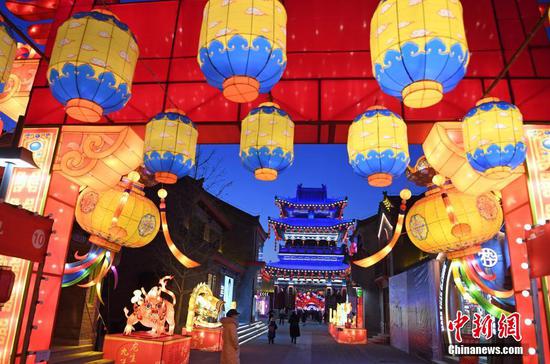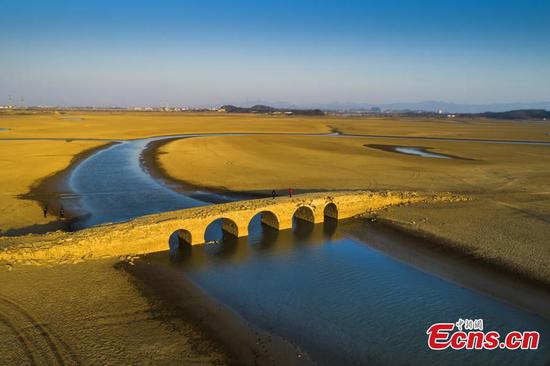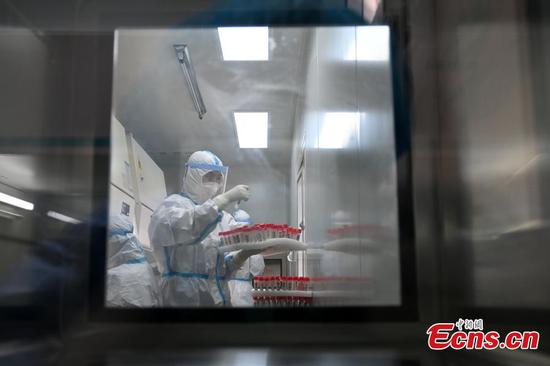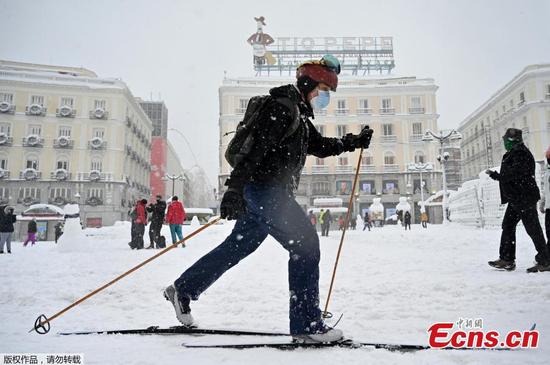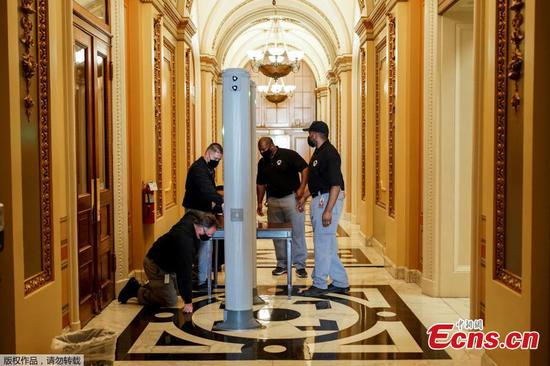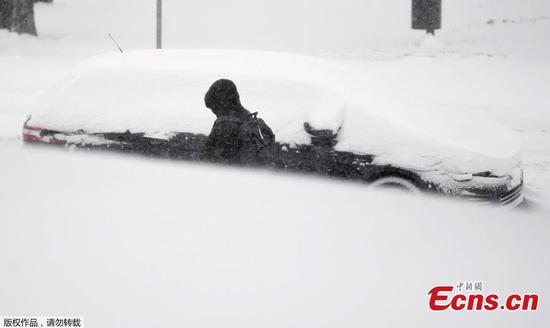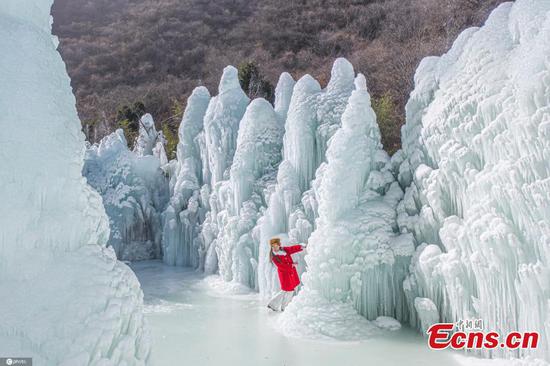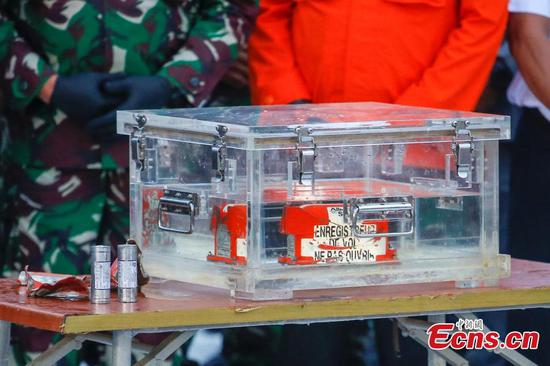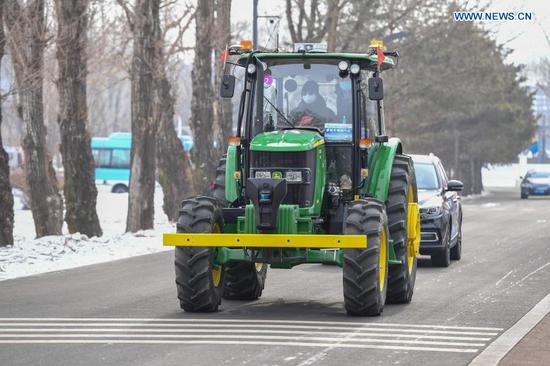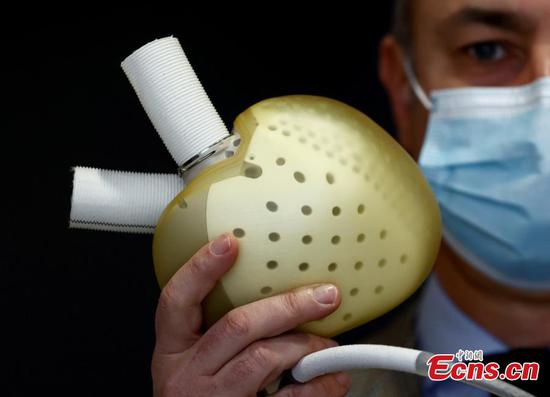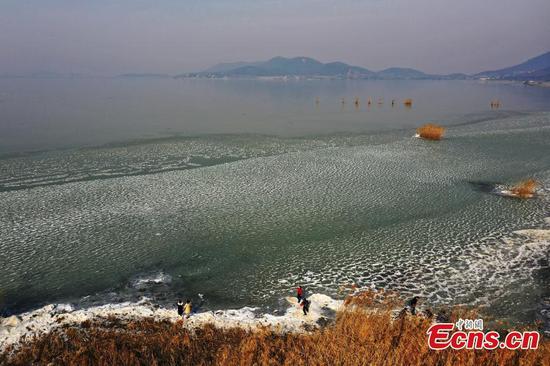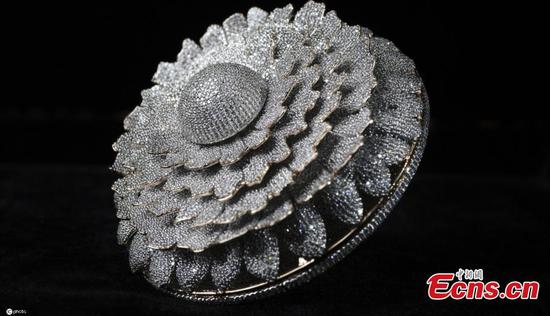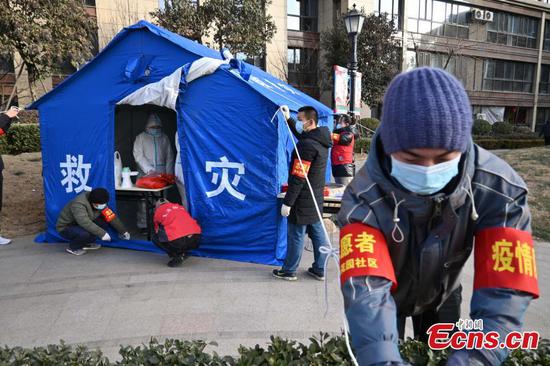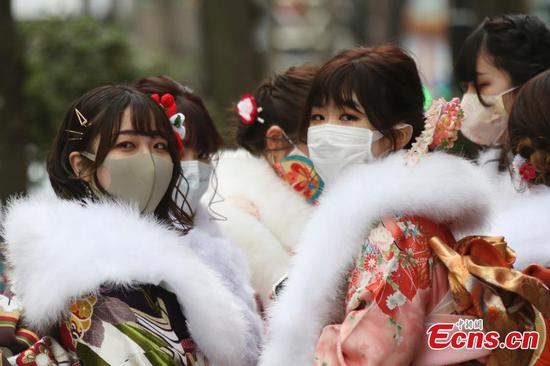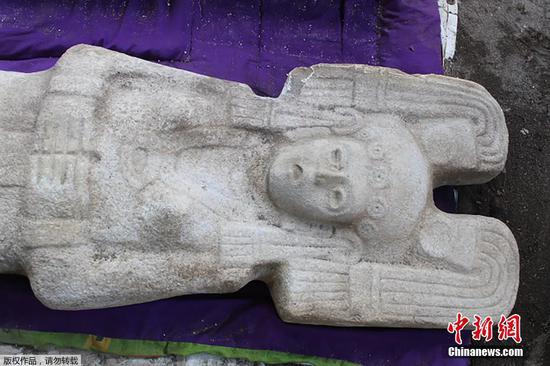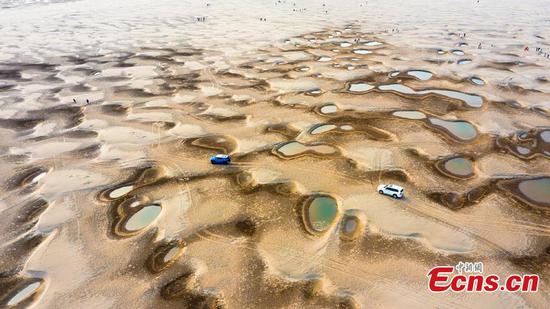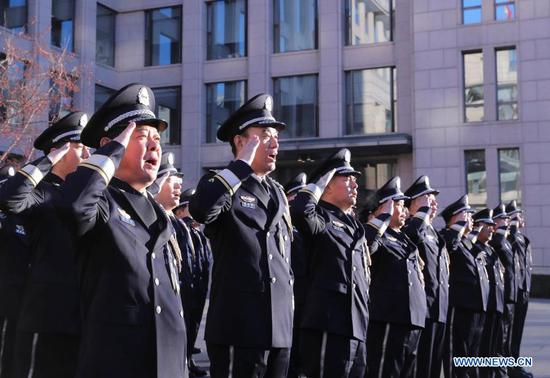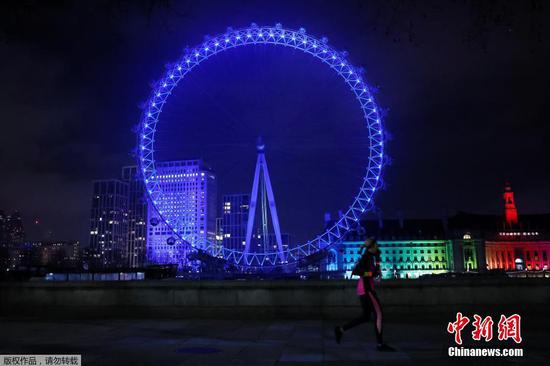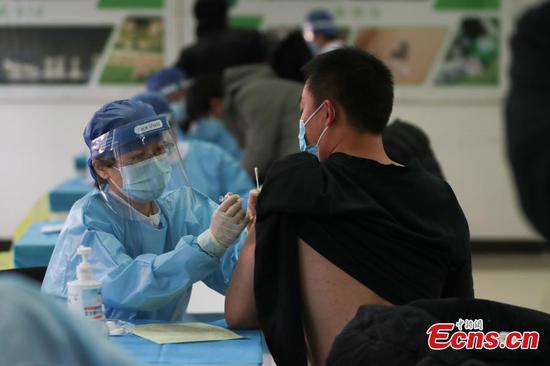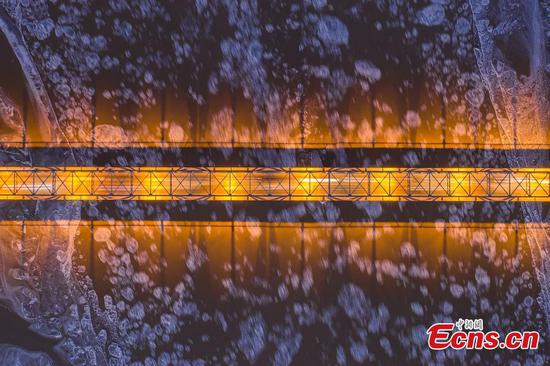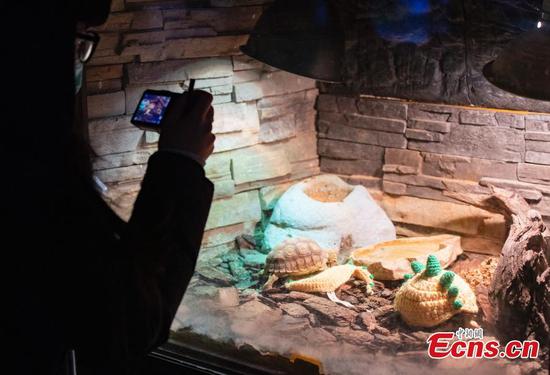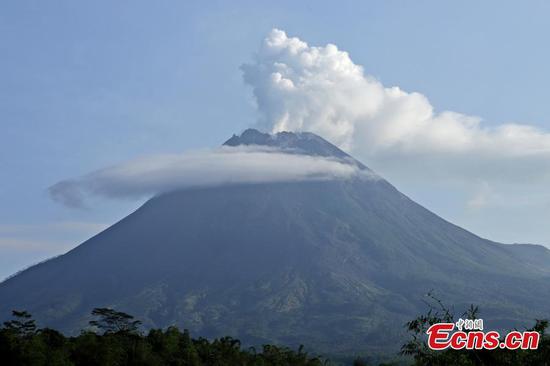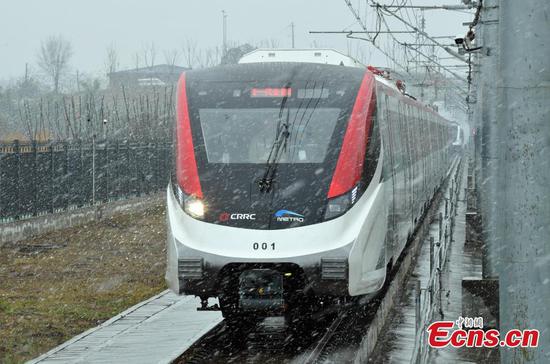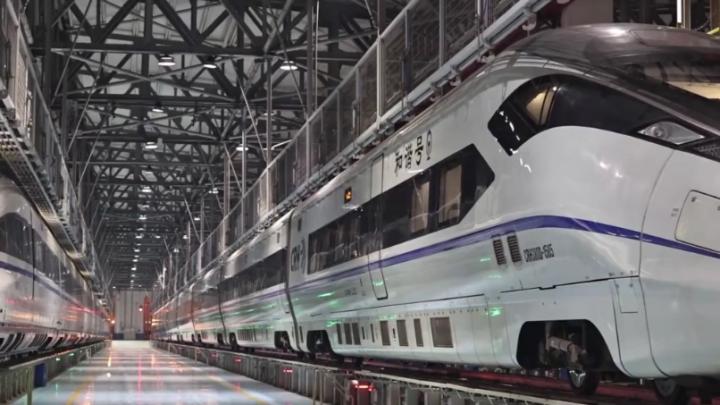Milestone finding
Ding said follow-up architectural studies are needed to speculate how high the walls were and "reconstruct" their appearance.
Some findings may fill the voids in historical recordings, but some have proved written documents.
Historical files showed that Zhongdu was expanded from an existing city of the previous Tang (618-907) and Liao (916-1125) dynasties. Discovery of ancient tombs from these two dynasties, which were buried beneath the Jin Dynasty city wall ruins, matched that recording.
"In ancient China, graveyards were located out of the city," Ding explained. "As Zhongdu expanded, these places were included in the urban area."
In front of the imminent Genghis Khan army to the north, the capital of Jin Dynasty was moved from Zhongdu to Kaifeng in 1214. Zhongdu fell and was destroyed in the war the following year. When Genghis Khan's grandson Kublai Khan founded the Yuan Dynasty (1271-1368), he still chose Beijing as the capital by constructing a new city known as Dadu.
Since the Yuan Dynasty, Beijing has been the national capital of China for most part of the centuries.
"Consequently, the Zhongdu site is a milestone for our studies of Beijing's history as the capital," said Zhang Zhonghua, deputy director of Beijing Archaeological Research Institute.
Zhang added it has a key status for research of Chinese capital cities as a whole through comparative studies.
For instance, Jurchen rulers of the Jin Dynasty tried to learn from the highly developed Song culture, so the design of Zhongdu also mimicked Kaifeng. However, as the Song capital city was buried deep underground due to frequent flooding of the Yellow River and was more difficult to be excavated, Zhang said the Zhongdu ruins in Beijing offered an easier alternative to better research that ancient city in Henan.
According to Fu Ran, an official in charge of cultural heritage protection with the Fengtai district government, a ruins park for the Zhongdu city walls was also planned to better protect the site and display the archaeological discoveries to the public.










